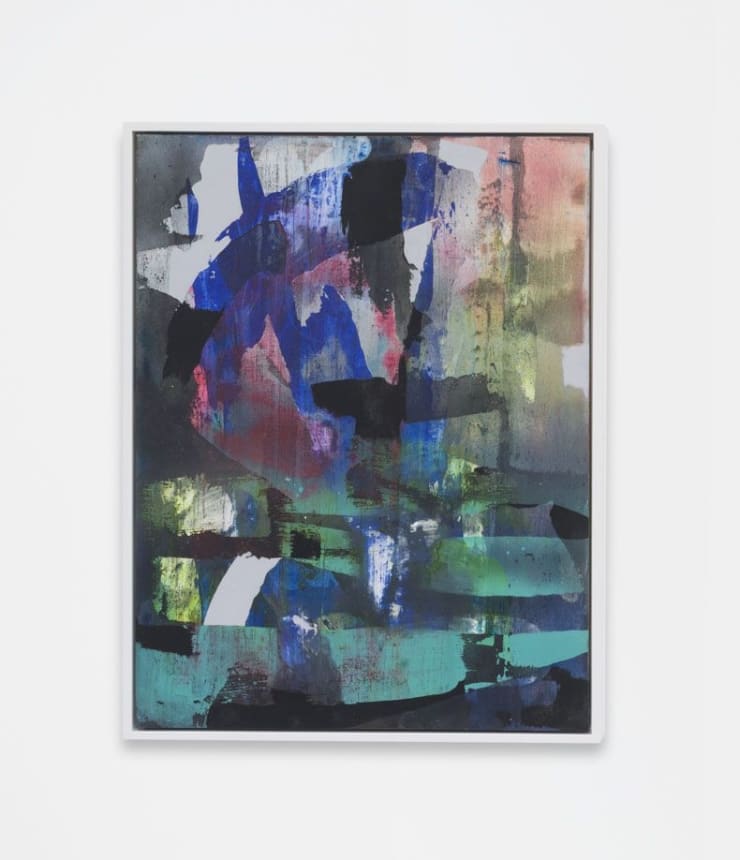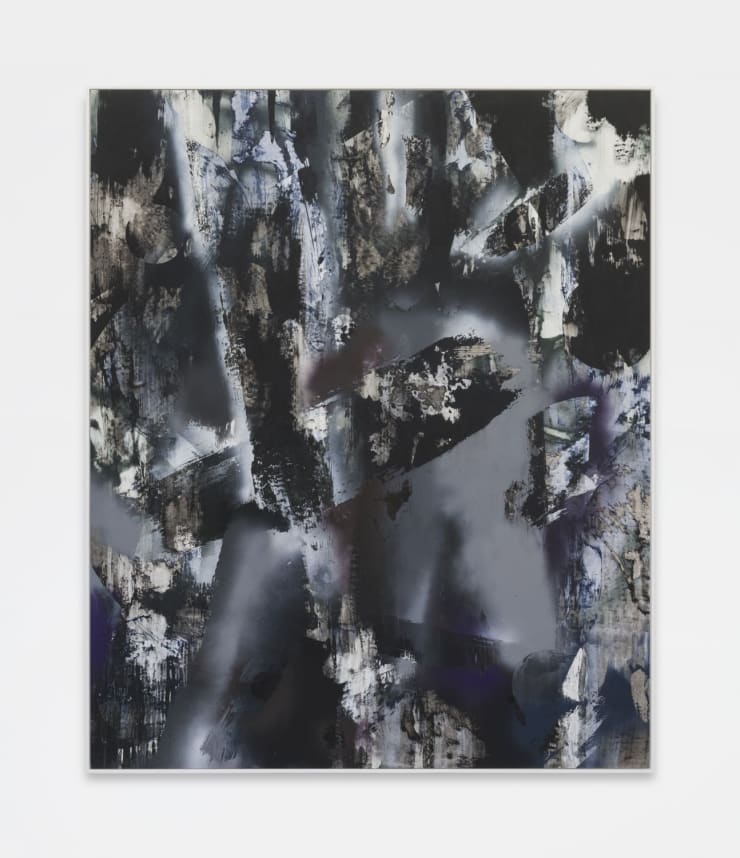Chris Trueman: After(image)
Edward Cella Art & Architecture is proud to present dynamic new paintings by Chris Trueman in the artists second solo show with the gallery. The most recent works use experimental processes that result in wavering structures constructed by layering positive and negative space as the stages for brushwork that are big and fearless.
In paintings that are at times conspicuous by their absence, Trueman creates dynamic explorations of surface. Now painting primarily on Yupo, a synthetic paper, whose nonabsorbent surface allows him to remove areas of pigment to paint through additive and subtractive processes creating intricate spaces in which negative expressive gestures give visibility to underlying form and color. When these expressive actions are central to the composition, the fixed motions recall calligraphy of the Far East, a frozen moment within the action of making.
Edward Cella Art & Architecture is proud to present dynamic new paintings by Chris Trueman in the artists second solo show with the gallery. The most recent works use experimental processes that result in wavering structures constructed by layering positive and negative space as the stages for brushwork that are big and fearless.
In paintings that are at times conspicuous by their absence, Trueman creates dynamic explorations of surface. Now painting primarily on Yupo, a synthetic paper, whose nonabsorbent surface allows him to remove areas of pigment to paint through additive and subtractive processes creating intricate spaces in which negative expressive gestures give visibility to underlying form and color. When these expressive actions are central to the composition, the fixed motions recall calligraphy of the Far East, a frozen moment within the action of making.
Trueman’s technique creates a sort of universe drawn from historical precedent, material experimentation and chance, the reversed brushstrokes show evidence of his hand while denying the material residue; authenticity that has the authority to both create and erase. By conceptually appropriating formal vocabularies from several painting traditions, including abstract expressionism and geometric op-art, Trueman stages visual and physical tensions in his work that contribute to its material ambiguity. Trueman's touch creates a multiplicity of marks and planes that interact, pushing and pulling the surface into a sculptural dimensional life.
















